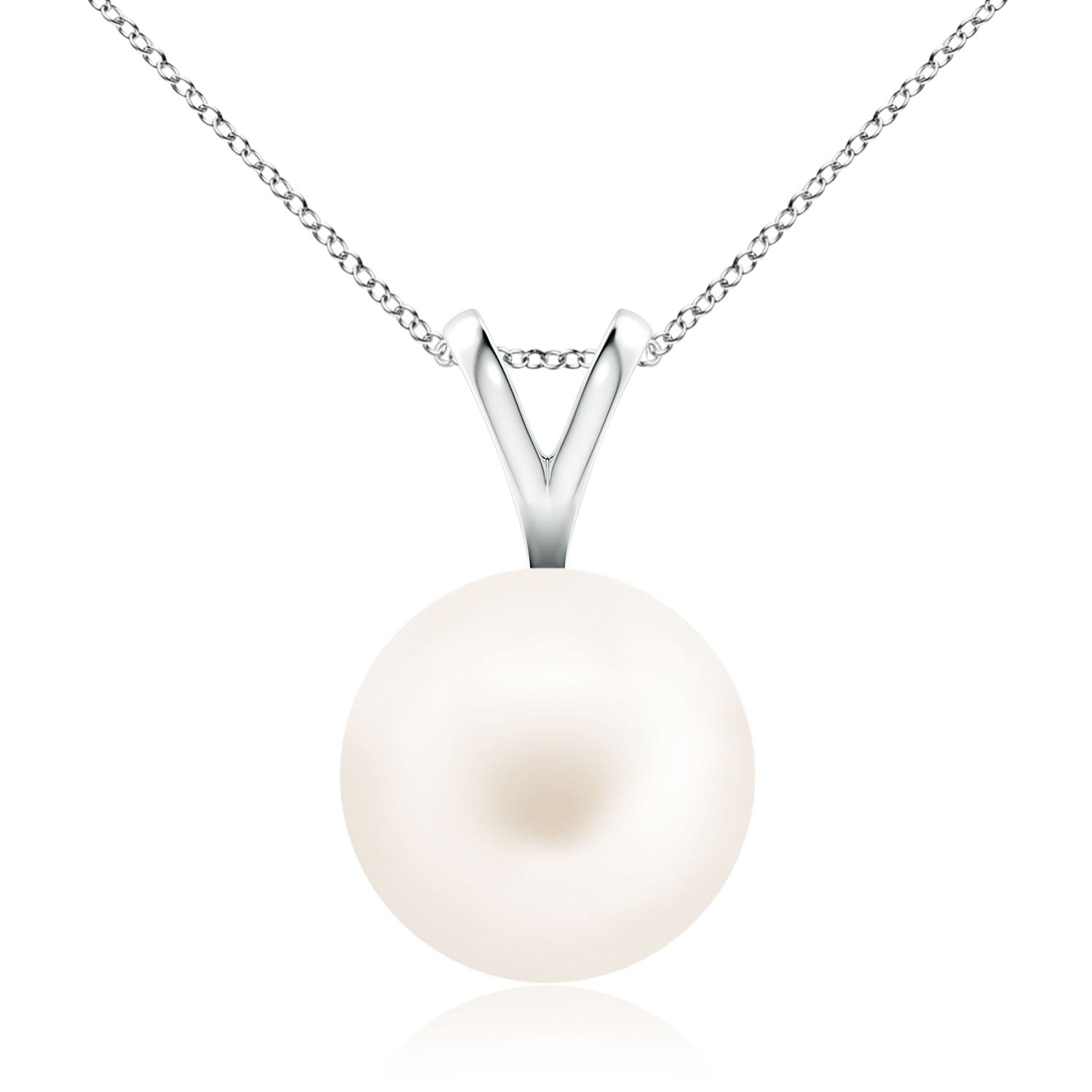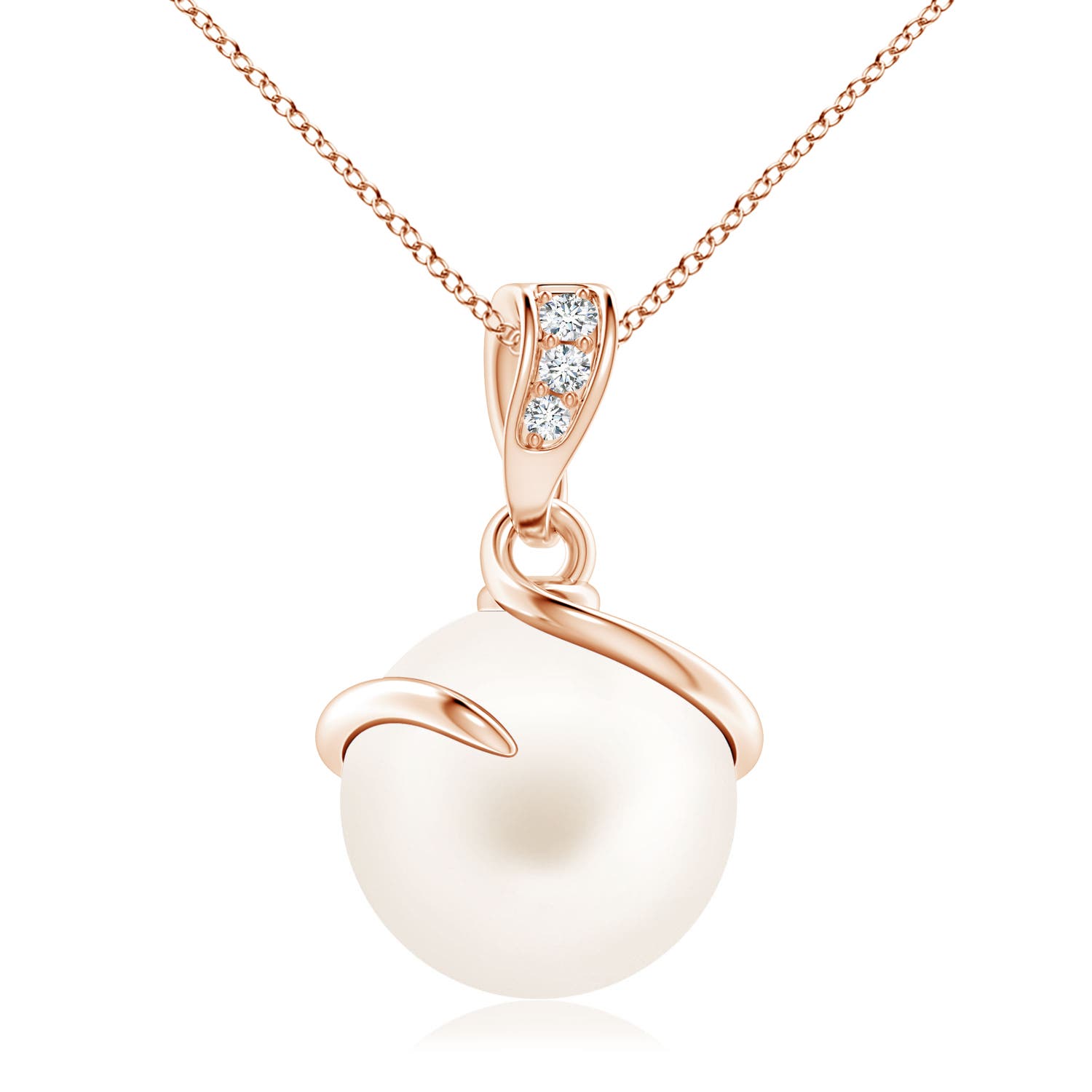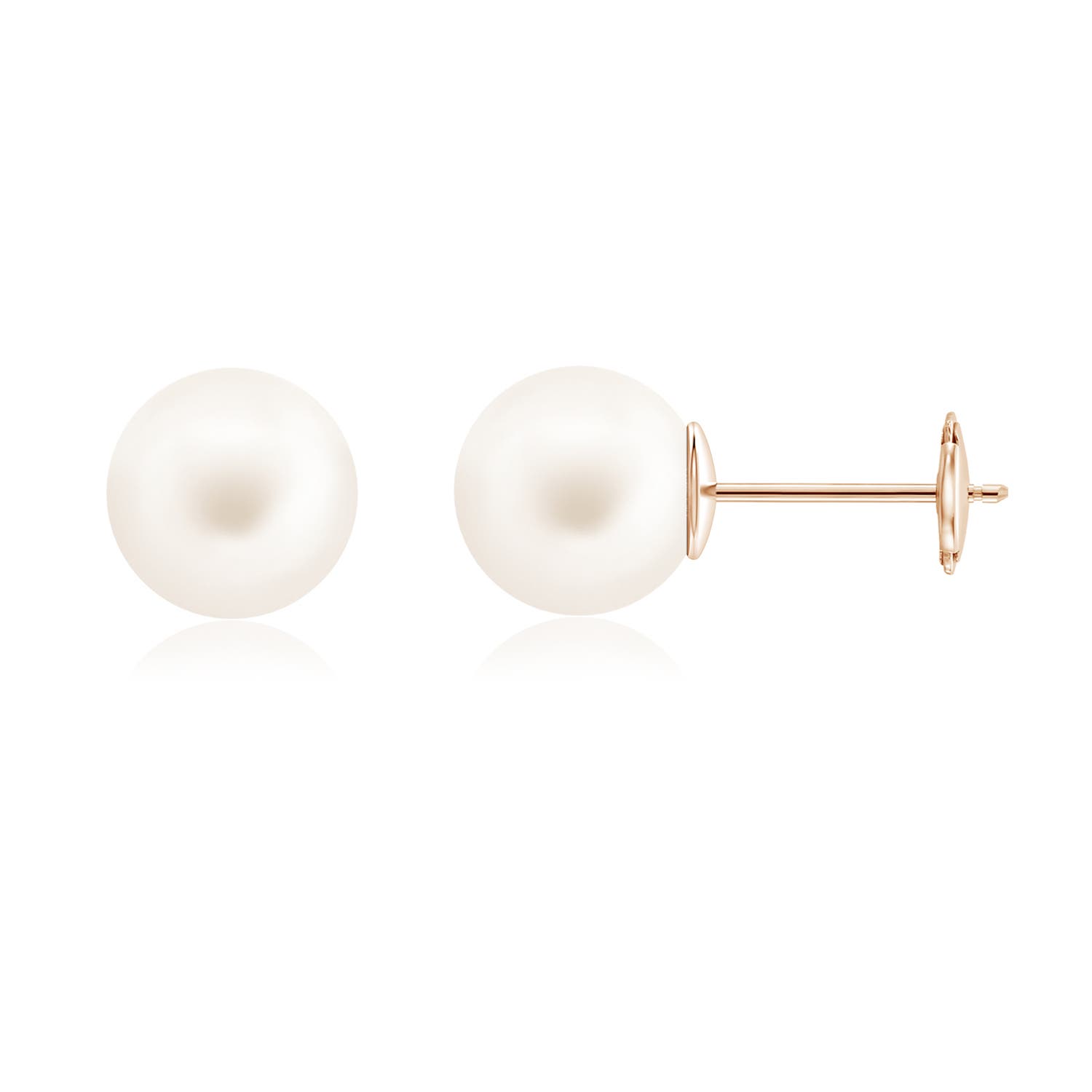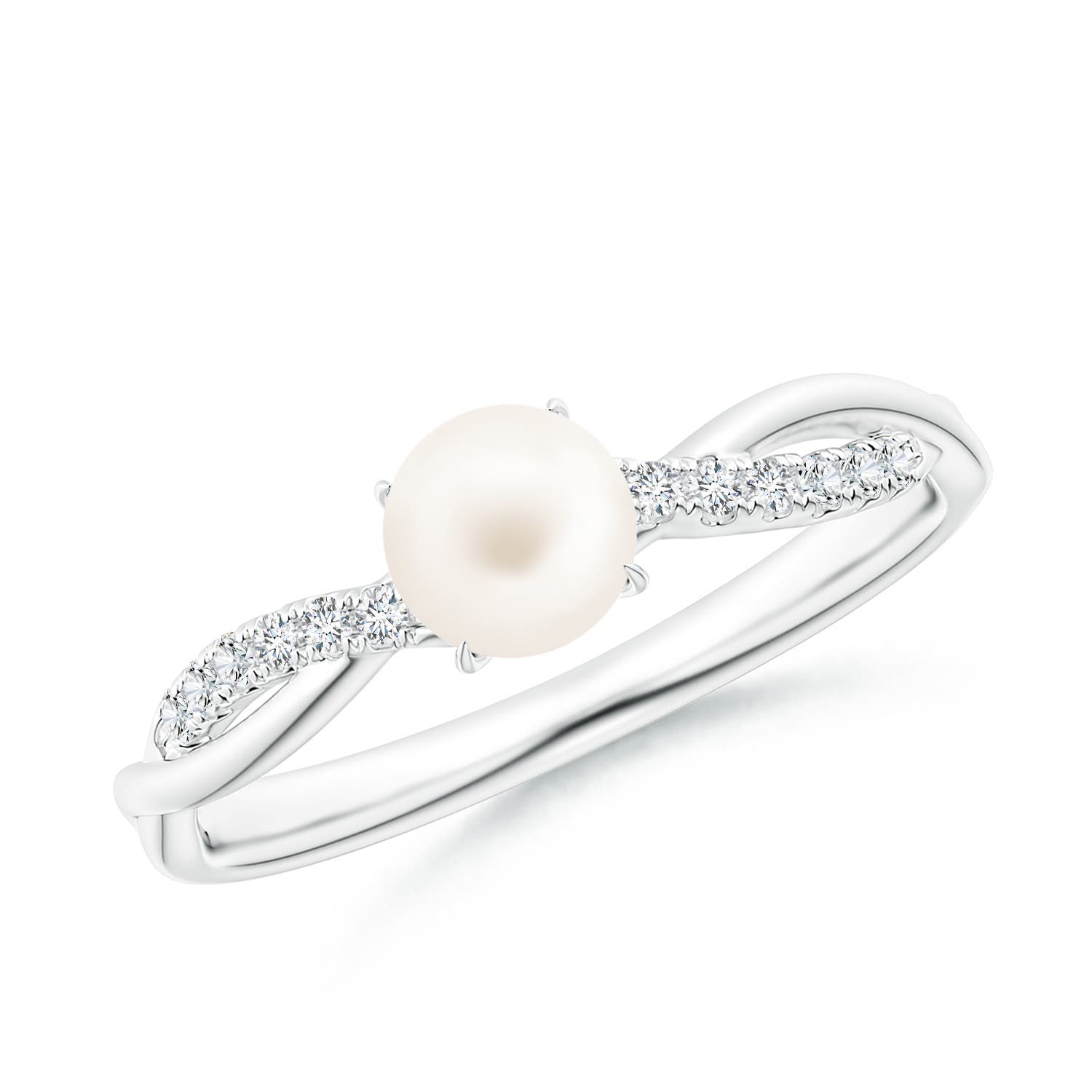Are you a pearl lover? If so, you might want to check out this quick comparative analysis between two of the most popular varieties. Take a look…
1. Definition
-
- Saltwater Pearls: As indicated by their name, saltwater pearls are cultured in saltwater mollusks present in saline environments. The three main pearl variations here are Tahitian, Akoya, and South Sea. These jewels are typically farmed in different locations of the world, including Japan, Tahiti, Indonesia, Australia, and Thailand.
- Freshwater Pearls: These gems are born within freshwater mussels and can be found in lakes and rivers. As of today, China is the world’s largest producer of freshwater pearls, however, they are also cultivated in the USA.
2. Nucleation Process
Believe it or not, most of the pearls available in the market today are cultivated in pearls farms. The nucleation processes for all of the variants are extremely similar, but they do have some key differences.
- Saltwater Pearls: Depending on the type, these pearls are grown in either Pinctada maxima, Pinctada margaritifera, or Pinctada fucata oysters. The pearls are created by surgically implanting a few pieces of mantle tissue from a donor mollusk and a nucleus bead (polished shell from a freshwater mussel) into the gonad (reproductive organ) of the oyster. The mollusks are then allowed to heal before being deposited into their natural environment.
- Freshwater Pearls: During the implantation procedure, tiny pieces of mantle tissue are inserted into the freshwater mussels belonging to the Uniondale family. These mussels are allowed to heal before being returned to their natural environment.
3. Formation Time and Rarity
- Saltwater Pearls: On average, a saltwater oyster can produce one pearl in 18 months. Due to this, they are considered to be quite rare. This is especially true for Tahitian pearls, as the black-lipped oyster produces only one pearl at a time, after a period of almost two years.
- Freshwater Pearls: It can take anywhere between 2 to 7 years for a single mussel to create approximately 24-30 pearls. As such, freshwater pearls are more easily available.
4. Size
- Saltwater Pearls: The formation period of these gemstones is considerably long, therefore they are relatively larger in size.
- Freshwater Pearls: These jewels, on the contrary, have a quicker turnaround time and are therefore slightly smaller than their saltwater counterparts.
5. Colour
Saltwater Pearls :
These gemstones can be found in several hues based on their variety…
- Akoya: Typically, their colour can range from white to grey, with pink, green, or silver overtones.
- South Sea: Available in white, silver, pink, and champagne hues.
- Tahitian: These pearls can be found in different hues, which include dark greenish-blue, metallic grey, and purple.
Freshwater Pearls
These dainty gems exist in several colours, including lavender, pink and white.
6. Shine
- Saltwater Pearls: High-quality saltwater pearls are prized for their sharp, almost mirror-like lustre that never fails to wow the crowd.
- Freshwater Pearls: In comparison to saltwater pearls, the freshwater variants have a softer and subtle sheen.
7. Affordability
- Saltwater Pearls:Due to their rarity, cultured saltwater pearls are unquestionably more expensive than freshwater pearls.
- Freshwater Pearls: These gems are comparatively more affordable. This makes them a great option for first-time buyers and for anyone who’s working on a tight budget.
We hope this article gave you all the information you need! Also read: Are Cultured Pearls Real or Fake?

































